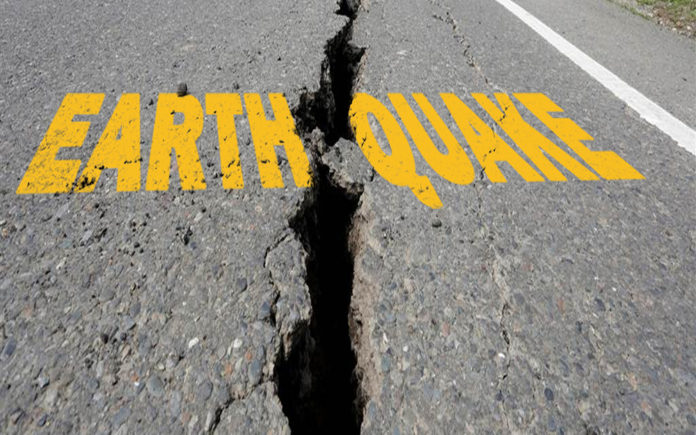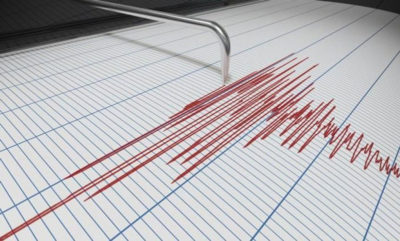
By Tim Rhatigan, UnitedHealthcare of California
Earthquakes are unfortunately a common occurrence, especially in places with high seismicity, such as California. Because earthquakes occur without warning, it’s important to take steps to prepare.
The Red Cross and FEMA offer tips for a safety checklist to know what to do before, during and after an earthquake. Here are additional reminders of what to do before, during, and after an earthquake.
Before an Earthquake:
Create an earthquake readiness plan with your household. Everyone in your family should know what to do and where to go as soon as they feel the vibrations of an earthquake, as well as a common place to reunite after an earthquake in case there is limited or no means of communication.
 Be prepared with an earthquake kit comprised of water, food, medications, a first-aid kit, bandages for injuries, a flashlight, batteries, a radio, blankets, a pair of sturdy shoes, a change of clothes and other personal items. Because you don’t know where you will be when an earthquake occurs, prepare a kit for your home, workplace and your car.
Be prepared with an earthquake kit comprised of water, food, medications, a first-aid kit, bandages for injuries, a flashlight, batteries, a radio, blankets, a pair of sturdy shoes, a change of clothes and other personal items. Because you don’t know where you will be when an earthquake occurs, prepare a kit for your home, workplace and your car.
In your emergency kit, include copies of important documents – such as insurance policies, financial records, credit card numbers, medical insurance cards, a list of medications and prescriptions, plus phone numbers and addresses for key contacts. Also include a small amount of cash, as ATMs, banks, and credit card systems may not be operating.
Be sure you know how to turn off the water, gas and electricity in your home. A multi-function tool may be needed.
Choose an “earthquake safe location” to take cover in every room of your house, office, school or any place that you go to on a regular basis. This location should be away from windows and any furniture that could fall on you.
What to Do During an Earthquake:
Drop down to your knees and cover your head and neck with your arms or an object so that you are protected from any debris or furniture falling during the earthquake.
Stay away from windows and furniture that can fall on you, such as book cases and televisions.
If possible, go to your identified “safe location” or find a wall near the center of the building or house you are in, take cover in a doorway, or crawl under a heavy piece of furniture, such as a desk or table.
If you are outside, get away from anything that could fall on you, such as trees, powerlines, buildings and houses.
If you are in a car, pull over to a spot that is away from trees, powerlines and buildings. Wait in the car until the shaking stops.
After an Earthquake:
Once the shaking has stopped, if you are in an unsafe area (ceiling has collapsed, exposed electrical wires, broken glass, gas or smoke odor), find the safest way to evacuate to an open space or take shelter in another area of the building.
Check your water, gas and electric lines for any damage. If they are damaged, shut off the valves. If you can smell gas, open all your doors and windows and leave your home immediately. Report a broken gas line to the authorities as soon as possible.
Do not use candles, matches or any open flames as a source of light. Earthquakes often result in broken gas lines, which should not be mixed with open flames.
Only use your phone for emergencies. You will want to save your battery for as long as possible.
Be prepared to repeat everything in the likely event of aftershocks, which usually happen within the first few days following an earthquake.











































